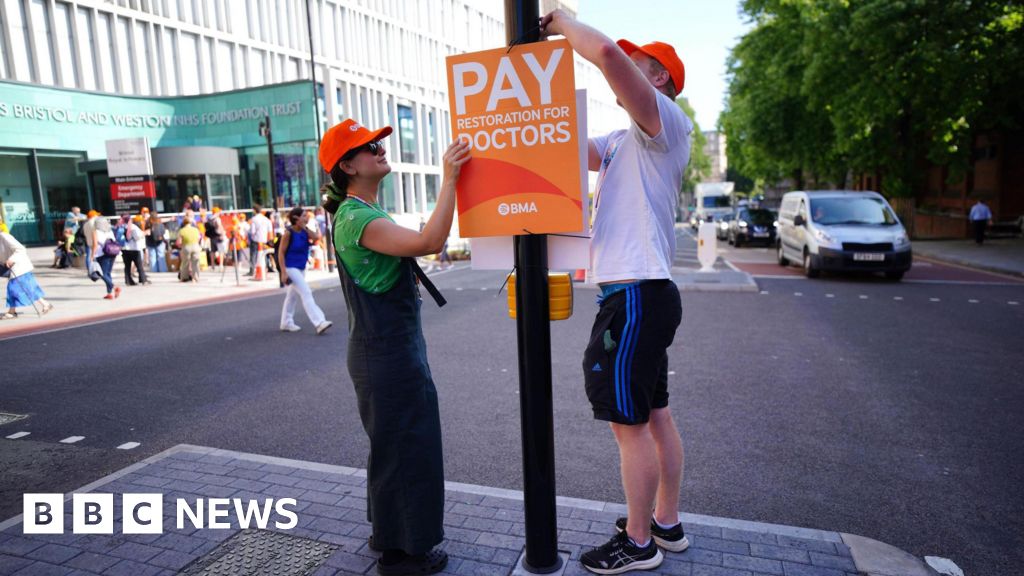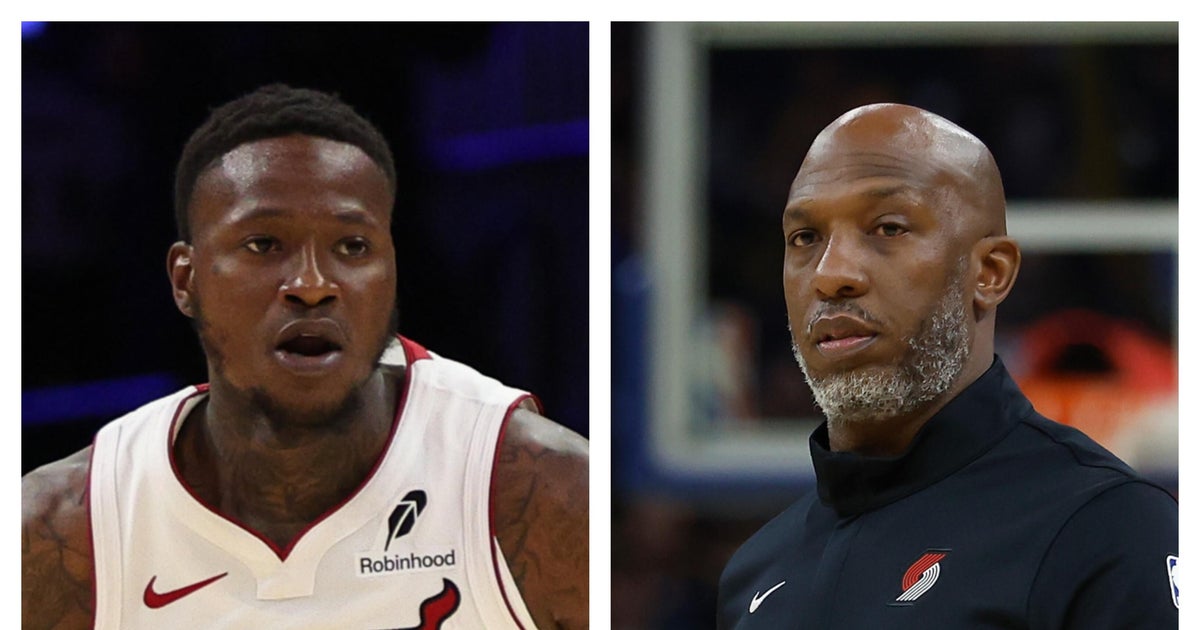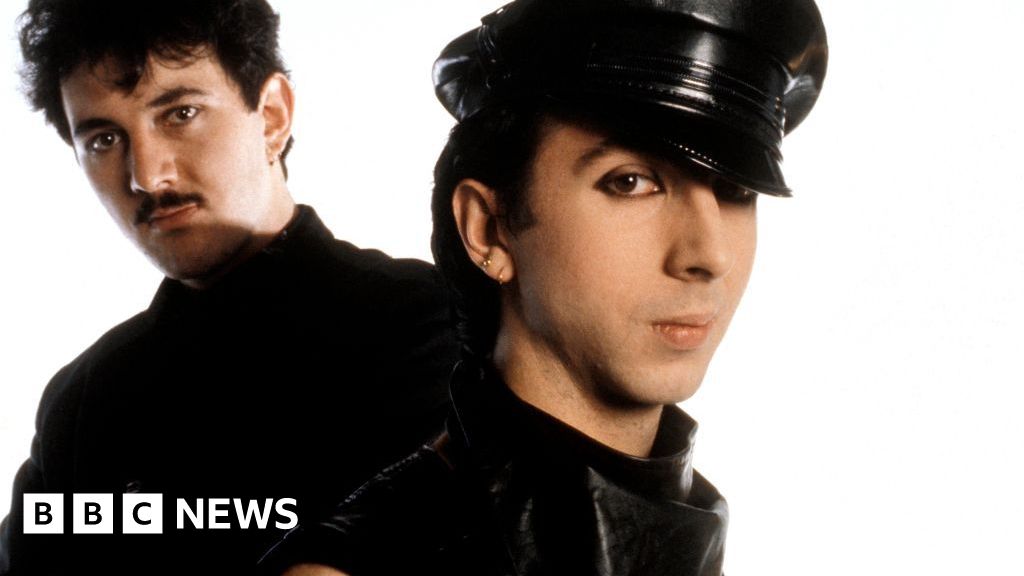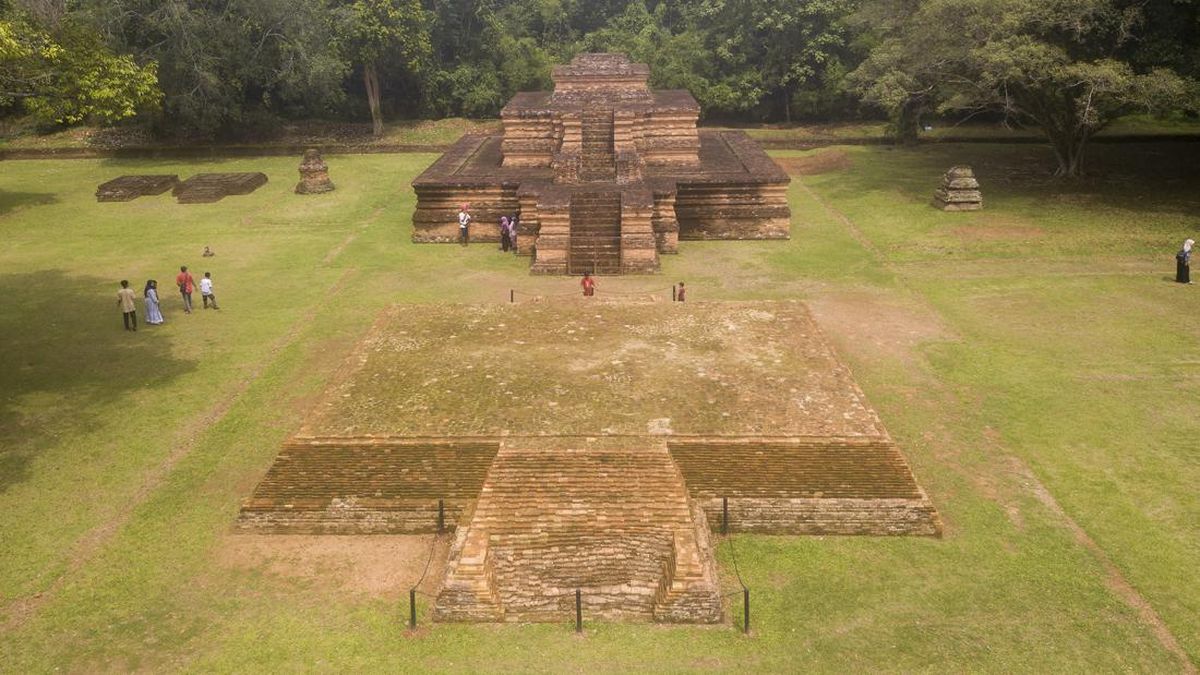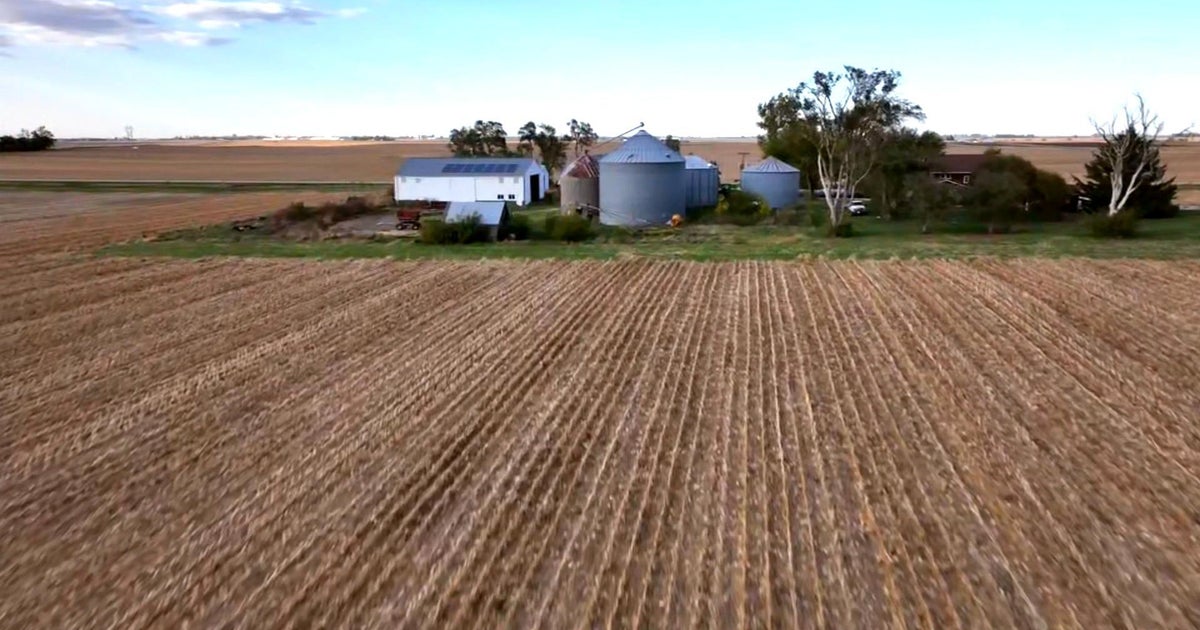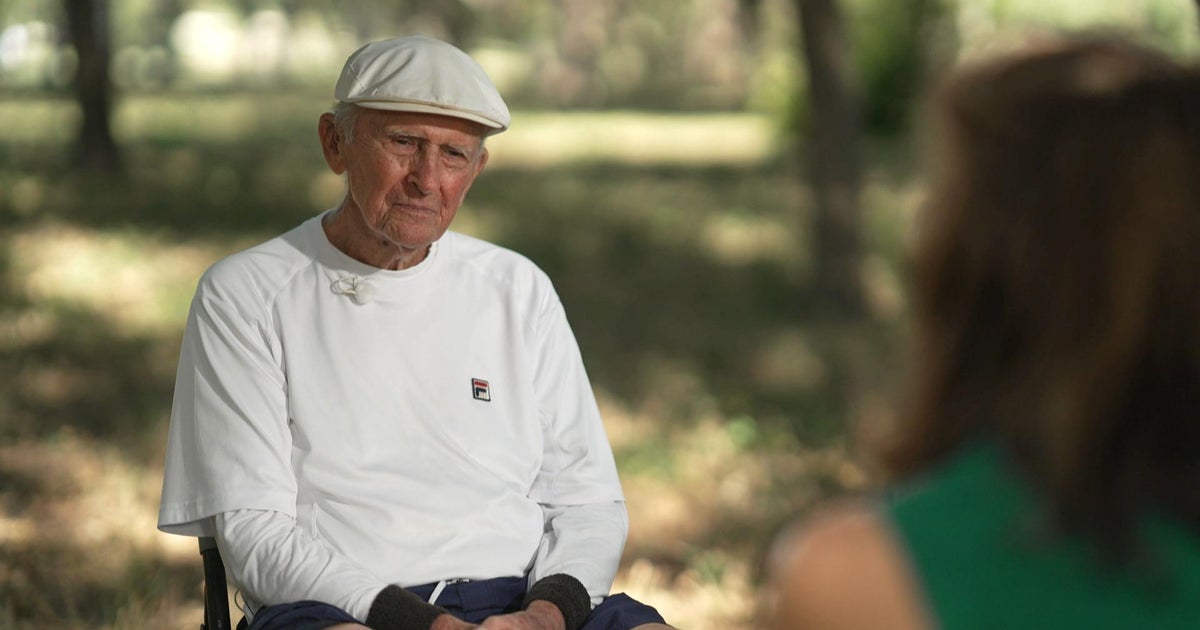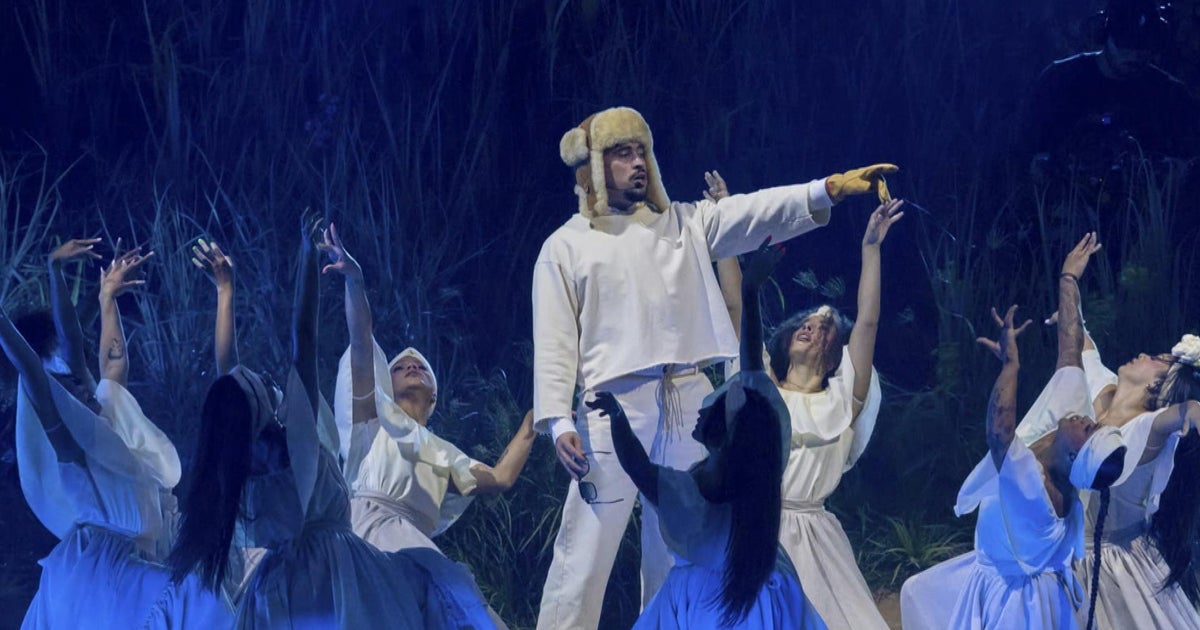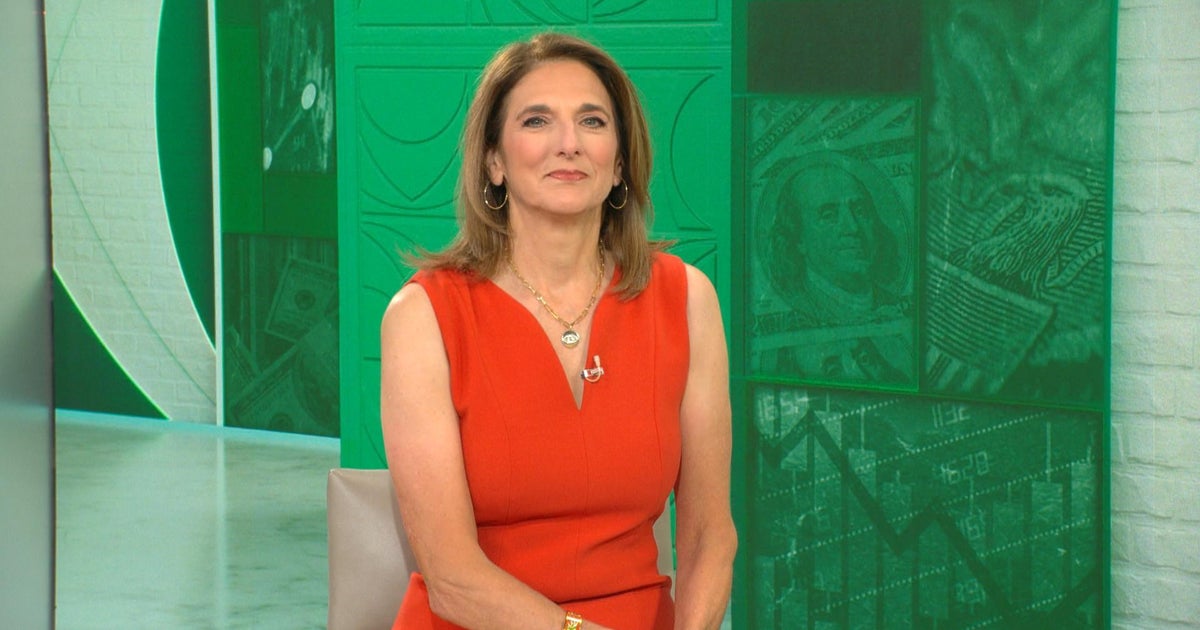You’ve probably heard this one. It happened to a friend of a friend. A young woman was home alone one night, tucked up in bed, feeling a bit spooked. Each time she reached down, she felt the reassuring lick of her dog. But in the morning, she discovered her beloved pet had been outside all night, and written nearby were the words: “Humans can lick too.”
Here’s another one: a young couple parked in a secluded place to kiss and feel each other up. A warning came over the radio about an escaped convict with a hook for a hand. The man wanted to keep kissing, obviously, but his date convinced him to leave. So they peeled out of there, only to discover a bloody hook dangling from the car door handle when they got home.

Ghost stories have evolved alongside technology.Credit: Getty Images
We’ve all heard these stories before, but at this time of year, I like to dust them off. Halloween has a way of coaxing out old monsters, but there are plenty of new urban legends as well. They’ve evolved with the digital age. There’s one about a sadistic internet user called Momo, who lurks in YouTube videos to traumatise unsuspecting children. There’s another one about an internet browser pop-up ad that announces the death of the person seeing it.
Whether whispered around a campfire or left on a creepy Reddit thread, I love scary stories. Not just because I make my living writing them, but because they do more than spook us. They reveal our deepest, darkest anxieties and reflect our culture back to us. They tell us something about ourselves, even if we don’t want to hear it. We pass them down, knowingly or not, because they carry warnings and wisdom. Each tale contains a moral. They’re like Aesop’s Fables. If Aesop’s Fables had jump scares.
The killer with the hook for a hand is a cautionary tale about sex and teenage rebellion: if you ignore the warnings and give in to temptation, danger will follow. The “humans can lick too” story warns that trust can be deadly if given blindly.

Momo is said to have supernatural powers to possess and even kill children. Credit: YouTube
Here’s another classic. A babysitter receives a strange phone call late at night. A man asks: “Have you checked on the children?” She looks in on them. The kids are fine, asleep in their beds. But the calls keep coming, growing more urgent. She locks the doors, calls the police, and then the twist lands: the calls are coming from inside the house. In most versions, the children end up dead, but the real horror isn’t just the violence. It’s what the intruder symbolises: the breakdown of safety within the home and the threat of unseen male aggression.
One of my personal favourites is the one about the woman driving alone at night. A truck starts to tailgate her, flashing its high beams. The woman speeds up, trying to get away. We assume the danger is the driver of the truck, only to discover he was trying to warn the woman ... from the man hiding in her back seat! Chills, right? The moral? Danger isn’t always where you think it is.

An image of the imaginary bogeyman Slenderman.Credit: From Creepypasta
Nowadays, our monsters have left the dark forests and lonely highways and moved online. There’s a modern-day urban legend (they call those creepypastas) called The Backrooms, about an endless maze of dimly lit, interconnected offices. If you’re not careful, you could become trapped in there forever, struggling to find your way out. It’s a story about endless monotony and the isolating, disconnected feeling of online spaces. Then there’s Slenderman, the tall, faceless figure who stalks children, embodying every parent’s fear of what lurks behind their child’s screen.
Beneath the scares, urban myths remind us of what we stand to lose and, by extension, what we hold dear. Horror functions as an emotional compass, pointing us toward the people who matter most. In the babysitter’s tale, beyond the immediate terror of an intruder in the house, there’s an implicit lesson about responsibility and care. The children are innocents, dependent on the adult to protect them, and the tension arises because the boundary between safety and danger has been breached. We feel the fear because we understand the stakes: these are our loved ones, asleep upstairs, trusting us to keep them safe.
Beneath the scares, urban myths remind us of what we stand to lose and, by extension, what we hold dear.
Once upon a time, fairy tales and folklore functioned in much the same way. Think of Little Red Riding Hood: a girl strays from the path, talks to a stranger and ends up at the mercy of the big bad wolf. The story is charmingly simple, and its lesson is clear: be wary of strangers, trust your instincts and recognise that appearances can be deceiving.
Countless European fairy tales revolve around forests, rivers or mountains that could literally kill you if you weren’t careful. In Slavic myths, Baba Yaga lived in a hut on chicken legs deep in the woods, a fearsome witch who served to warn children not to wander off alone. In Japanese folklore, the Kappa, a river-dwelling creature, warned children not to play near dangerous water. These stories, while fantastical, were practical: they shaped behaviour, instilled vigilance and reinforced social norms.
Folk tales like these encoded societal wisdom into memorable narratives. They thrilled, entertained and educated simultaneously. They taught children (and grownups) how to behave, what to fear, and what could happen if the rules were ignored. They used storytelling as a way to understand the unknown, to teach caution and to navigate a world full of unseen dangers.
Horror movies have been doing this for a long time. The shuffling zombies of the 1960s were echoes of Cold War paranoia, social unrest and concerns around mindless consumerism. The vampire craze of the 1980s came from a fear of AIDS. Slashers punished youthful rebellion, while witches and ghosts morphed with each new moral panic.
Loading
Scary stories offer something else, as well: a coping mechanism. During the pandemic, myths, half-truths and conspiracy theories sprouted like weeds. Remember when 5G towers helped spread the virus, and drinking bleach cured it?
When the world feels chaotic, we invent stories to contain our fear. Myths are how we build fences around the unknown. We tell and retell them not just to frighten ourselves, but to remind ourselves of what it means to be alive and fragile. Monsters highlight our limits, our mortality, our capacity for love, for courage, for meaning. Whether it’s an old ghost story or a modern rumour, every myth is an attempt to map the darkness.
Happy Halloween.
Christian White is a best-selling Australian crime writer and co-creator of Netflix’s Clickbait. His latest novel The Long Night is out on October 28 via Affirm Press.
The Booklist is a weekly newsletter for book lovers from Jason Steger. Get it delivered every Friday.

